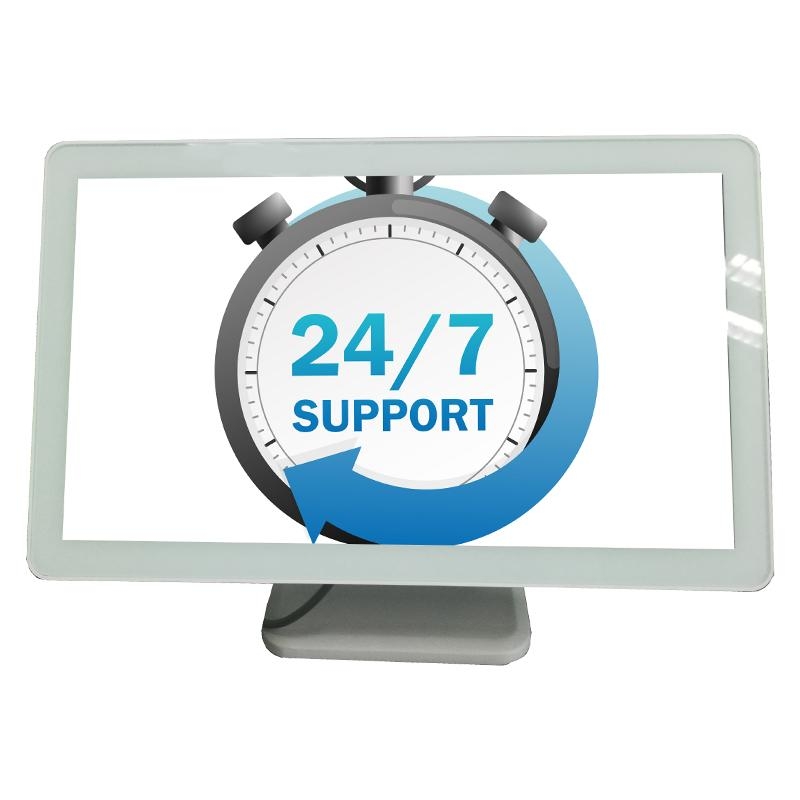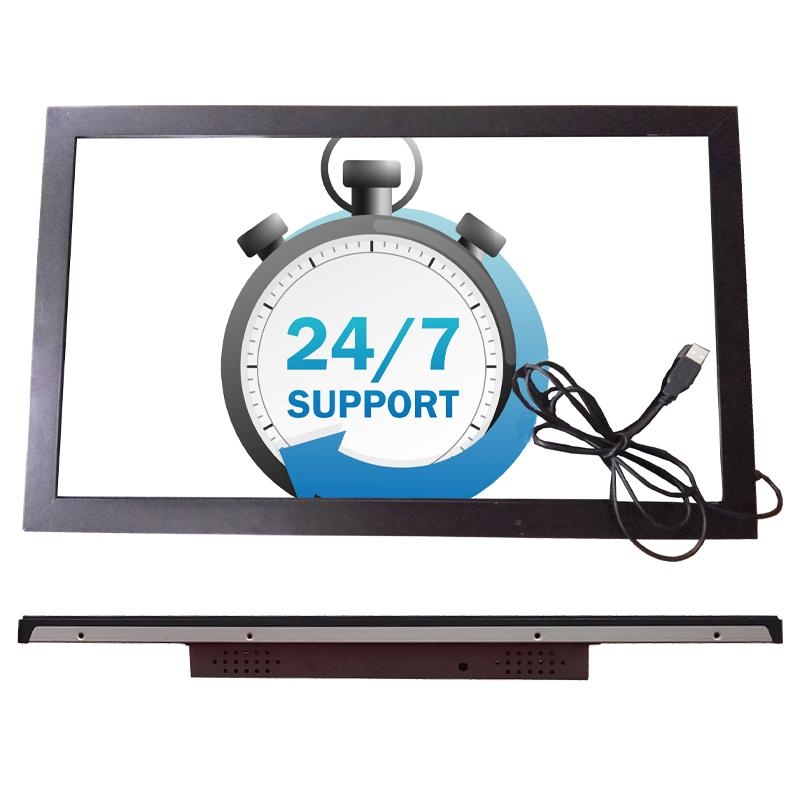Introduction to Touch Screen Monitors
In today's digital age, touch screen monitors have become an essential tool for businesses and individuals alike. These innovative devices combine the functionality of traditional monitors with the interactive capabilities of touch technology, offering a unique user experience that enhances productivity and engagement.
What is a Touch Screen Monitor?
A touch screen monitor is a display that allows users to interact with the computer by touching the screen directly. This technology has evolved significantly over the years, with various types of touch screens available, including resistive, capacitive, and infrared. Each type offers distinct advantages, making touch screen monitors suitable for a wide range of applications.
Benefits of Touch Screen Monitors
-
Enhanced Interactivity: Touch screen monitors provide a more engaging experience, allowing users to navigate through applications, browse the web, and interact with content effortlessly.
-
Space-Saving Design: With the elimination of traditional input devices like keyboards and mice, touch screen monitors save valuable desk space, making them ideal for environments with limited room.
-
User-Friendly Interface: The intuitive nature of touch technology makes it easy for users of all ages to operate these devices. This accessibility is particularly beneficial in educational settings and for individuals with disabilities.
-
Versatility: Touch screen monitors are versatile and can be used in various settings, including retail, healthcare, education, and corporate environments. They can serve as information kiosks, digital signage, or interactive learning tools.
-
Improved Collaboration: In business environments, touch screen monitors facilitate collaboration by allowing multiple users to interact with the display simultaneously. This feature is particularly useful for meetings, presentations, and brainstorming sessions.
Applications of Touch Screen Monitors
Touch screen monitors are used in diverse industries. In retail, they enhance customer experiences by providing interactive product displays and self-service kiosks. In healthcare, they streamline patient check-ins and improve access to medical records. Educational institutions utilize touch screens for interactive learning, making lessons more engaging and effective.
Choosing the Right Touch Screen Monitor
When selecting a touch screen monitor, consider factors such as screen size, resolution, touch technology, and connectivity options. It's essential to choose a monitor that meets your specific needs and enhances your workflow.
Conclusion
Touch screen monitors are revolutionizing the way we interact with technology. Their ease of use, versatility, and ability to enhance collaboration make them a valuable addition to any environment. Whether you are a business looking to improve customer engagement or an educator aiming to create interactive learning experiences, investing in a touch screen monitor can lead to significant benefits. Explore the possibilities today and discover how touch screen technology can transform your operations.
By understanding the features and advantages of touch screen monitors, potential customers can make informed decisions that align with their needs and goals.








